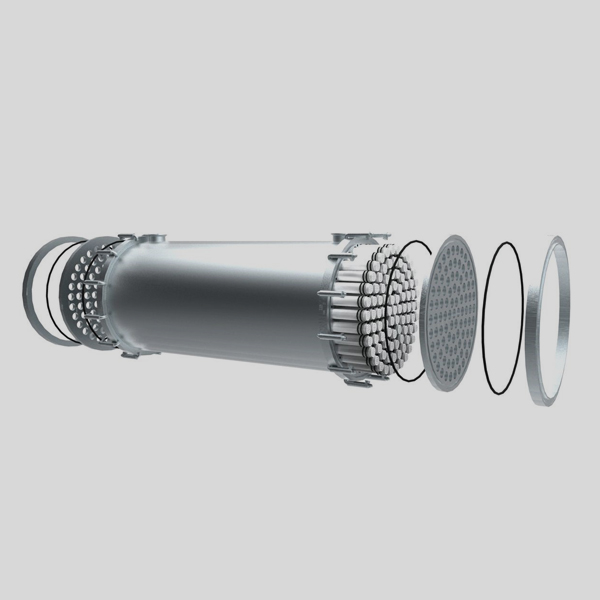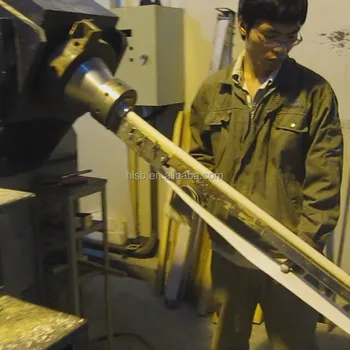Most ceramic membranes are made of alumina titania silica zirconia or mixture of these materials 93 the basic structure of ceramic membranes consists of a macroporous support layer and meso or microporous active layer.
Ceramic membranes price.
Ceramic membranes normally have with an asymmetrical structure with porous support active membrane layer the macro porous support ensures the mechanical resistance while the active layer.
Membralox ceramic membranes comprise a highly controlled surface membrane layer that is formed on the inner feed side surface of a more open support layer.
Three different types of materials are available ultrapure µalumina zirconia and titania.
Commonly used materials for ceramic membranes are al2o3 tio2 zro2 and sio2 or a combination of these materials.
It starts by documenting established procedures of ceramic membrane preparation and characterization.
This book is a single authored guide to the developing area of ceramic membranes.
Inorganic membrane is a porous fine ceramic filter which is sintered from alumina or titania zitconia under ultra high temperature.
By contrast with polymeric membranes they can be used in separations where aggressive media acids strong solvents are present.
Zhe yang chuyang y.
Ceramic membrane ask price.
Opex l j t this means that as far as the cost effectiveness of the ceramic membrane compared with the polymeric one is concerned the determining factor is the ratio of the term l j t for the two materials.
Tang in membrane based salinity gradient processes for water treatment and power generation 2018.










